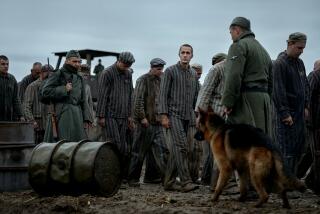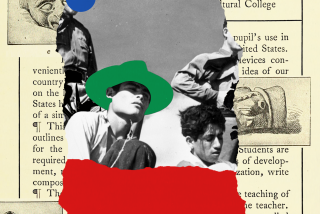History Lessons From Hollywood
- Share via
In her Nov. 30 column on the TV movie “The Reagans,” Patt Morrison asks, “When did the nation begin letting moviemakers teach history?” The answer: In the late ‘30s, when the Encyclopedia Britannica, in a joint venture with the Academy of Motion Picture Arts and Sciences, began distributing 16-millimeter prints of historical shorts and excerpts from historical films to schools. According to Kevin Brownlow in “The Parade’s Gone By,” beginning with D.W. Griffith, the makers of historical films did voluminous research to ensure their films were as historically accurate as possible, given the knowledge and what was considered acceptable for depiction at the time.
Griffith credited his historical sources in the films’ intertitles, and Cecil B. DeMille, to whom historical accuracy was something of an obsession, had dialogue in his films referring to scientific and social developments that occurred at the time in which a given film was set. He even narrated an Academy-made short on research, “History Brought to Life” (1951).
Rick Mitchell
Los Angeles
More to Read
Only good movies
Get the Indie Focus newsletter, Mark Olsen's weekly guide to the world of cinema.
You may occasionally receive promotional content from the Los Angeles Times.








